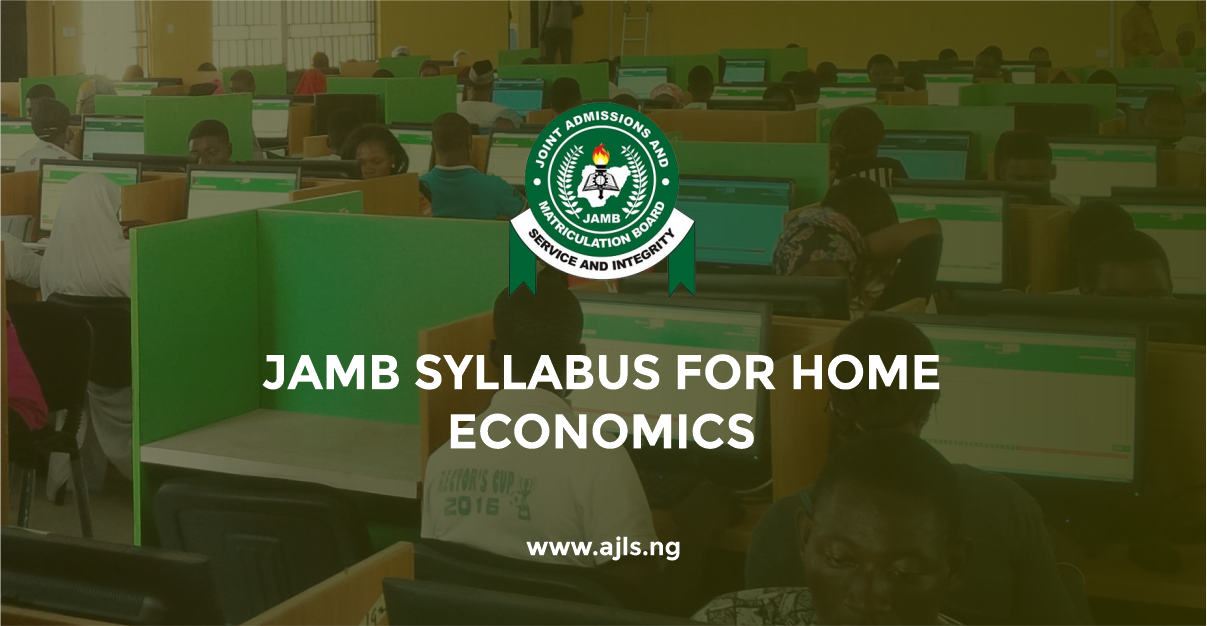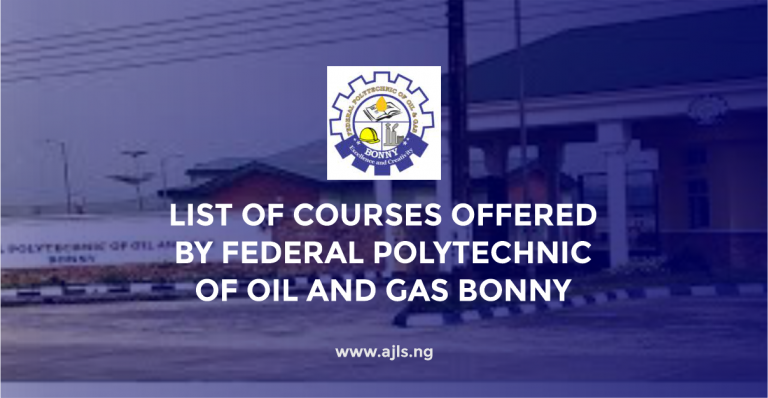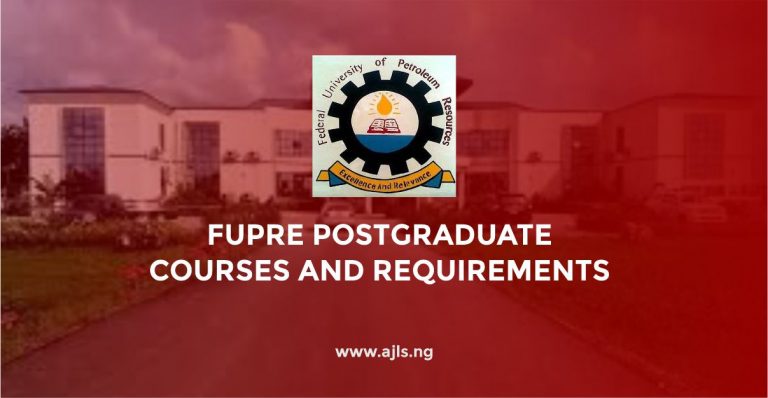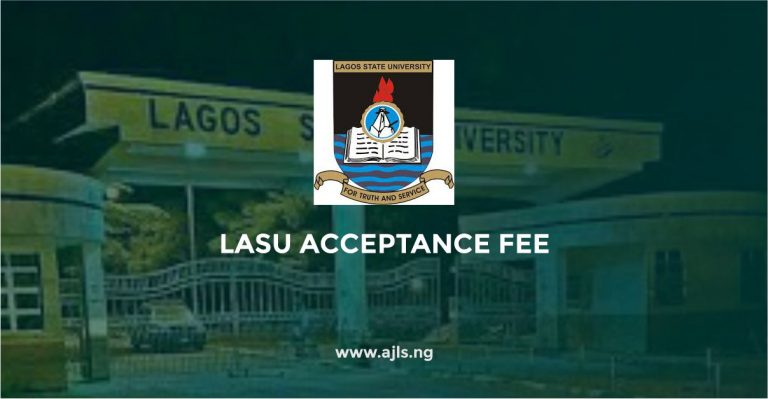JAMB Syllabus for Home Economics | PDF Download

JAMB Syllabus for Home Economics. Home Economics is a multidisciplinary field of study that focuses on the management of home and family resources. It encompasses a wide range of subjects designed to improve the quality of life for individuals and families, with a particular emphasis on practical skills and knowledge that can be applied in daily life.
This field of study covers areas like Home Management, Food and Nutrition, Textiles and Clothing, Family and Child Development, and Consumer Education. For 2025 Jambite hoping to sit a course like Home Economics, it will be very necessary to download the JAMB Syllabus for Home Economics so as to have a glimpse of how the examination may look, questions that are likely to come out, and a lot more of the requirements to help prepare ahead of time.
JAMB Syllabus for Home Economics
Here is a well-organized table format for the Home Economics syllabus based on the sections and topics you provided:
| Section | Topic | Subtopics/Details | Objectives |
|---|---|---|---|
| SECTION A: HOME ECONOMICS EDUCATION | 1. HOME ECONOMICS | (a) Meaning, scope, and importance of Home Economics. (b) Objectives and ideals of Home Economics. | i. Examine the importance of Home Economics to the individual, family, and society. ii. Identify the objectives of Home Economics. iii. Determine the scope of Home Economics. |
| 2. AREAS/CAREERS IN HOME ECONOMICS | (a) Home Management: Interior decoration, Credit management, Florist. (b) Foods and Nutrition: Catering, Dietetics, Nutritionist, Public Health Education. (c) Clothing and Textile: Fashion designing. (d) Family and Child Development: Early Childhood education. (e) Teaching (f) Counseling (g) Media (h) Research | i. Recommend possible vocations in the different areas of Home Economics. ii. Relate skills required to each vocation. iii. Assess the benefits of each vocation to the individual and society. iv. Identify current vocations in Home Economics. v. Identify sources of career information. | |
| 3. INTERRELATIONSHIP WITH OTHER SUBJECTS | Biology, Geography, Chemistry, Physics, Agricultural Science, Fine Arts, Economics, Mathematics, etc. | i. Compare the different areas of study from which Home Economics derives its knowledge. ii. Determine the contributions of these subjects to Home Economics. | |
| SECTION B: HOME MANAGEMENT | 1. PRINCIPLES OF HOME MANAGEMENT | (a) Meaning of Home Management. (b) Steps in the management process. (c) Decision-making: Meaning and process. (d) Motivation for Home Management: Goals, values, standards, needs, wants, likes, and dislikes. | i. Highlight the meaning of Home Management. ii. Identify steps involved in the management process. iii. Determine issues for decision-making in the home. iv. Examine the role of motivators in home management. |
| 2. RESOURCES | (a) Human Resources: Time management, Energy management, Skills, creativity, and attitudes. (b) Material Resources: Income and money management, Budgeting, Household budgeting, Saving, and financial management. | i. Identify the resources available to the individual and family. ii. Determine steps involved in household budgeting. iii. Examine ways of family saving. iv. Apply time management to work simplification. | |
| 3. FAMILY LIVING | (a) Definition and types of family. (b) Family relationships: Husband/wife, parent/child, sibling relationships. (c) Basic personality profiles: Extroversion, introversion, anxiety/stability. (d) Adolescents and their problems. (e) Family crises, conflict, and resolution. (f) Human rights: Rights of women and children, violation of human rights. (g) Communication and the role of ICT. | i. Compare family types. ii. Assess the effect of the family life cycle. iii. Determine factors influencing family relationships. iv. Identify family crises and solutions. v. Assess sources of conflict and resolution. | |
| 4. MARRIAGE/SEX EDUCATION | (a) Boy/girl relationship, Courtship, Factors in choosing a partner. (b) marriage preparation: Engagement, types of marriage (Islamic, Christian, Court, Traditional), planning a family. (c) Reproductive health and STIs. | i. Differentiate between types of marriage. ii. Analyze the role of courtship. iii. Examine family planning methods. iv. Identify types and causes of STIs. | |
| 5. PREGNANCY AND CHILDBIRTH | (a) Menstruation, pregnancy, childbirth, labor delivery, and post-natal care. (b) Childcare: Baby’s care, bathing, feeding. (c) Care of toddlers, common ailments, immunization. (d) Child development: Stages, social, and emotional. (e) Parenting: Responsibilities. | i. Describe the process from conception to birth. ii. Determine infant care needs. iii. Analyze complications in labor. iv. Differentiate child development stages. | |
| 6. HOUSING THE FAMILY | (a) Types of houses, and factors affecting house choice. (b) Interior decoration: Color, textures, flower arrangements. (c) Furniture and furnishings. (d) Utilities: Water, fuel, electricity, communication devices. | i. Differentiate between a house and a home. ii. Determine factors influencing residential choice. iii. Suggest factors in interior decoration and furniture arrangement. | |
| 7. HOME SURFACES | (a) Types and care of surfaces: Wood, tiles, plastics, concrete, etc. (b) Cleaning agents: Soap, abrasives, polish. | i. Identify common surfaces and cleaning agents. ii. Compare care of different surfaces. | |
| 8. SANITATION IN THE HOME | (a) Drainage systems, disposal of refuse. (b) Household pests and control. (c) Pollution and health hazards. | i. Identify types of refuse and disposal methods. ii. Suggest pest control methods. iii. Analyze health hazards of pollution. | |
| 9. CONSUMER EDUCATION | (a) Meaning and importance of consumer education. (b) Market types, distributors, and consumer agents. (c) Purchasing practices, advertising. (d) Consumer rights, responsibilities, and government agencies. | i. Identify types of media used in advertising. ii. Assess the rights and responsibilities of consumers. iii. Analyze consumer education in wise shopping. | |
| SECTION C: FOODS & NUTRITION | 1. FOODS AND NUTRITION | (a) Classification of food and nutrients. (b) Nutrition and health, factors affecting good nutrition. (c) The digestive system. (d) Nutrition for special groups. | i. Differentiate food nutrients and their functions. ii. Recommend nutritional needs for special groups. iii. Identify factors affecting nutrition. |
| 2. MEAL PLANNING | (a) Principles of meal planning. (b) Dietary needs for special groups. (c) Meal preparation and serving. (d) Snacks and beverages. (e) Table setting and hostessing. | i. Plan meals for special occasions and groups. ii. Compare table setting types. iii. Identify snack types and functions. | |
| 3. COOKERS AND COOKING | (a) Types, choice, and care of cookers. (b) Methods of cooking: Boiling, baking, steaming. (c) Heat transfer methods: Conduction, convection, radiation. | i. Suggest reasons for cooking food. ii. Identify types of cookers and methods of cooking. iii. Determine heat transfer methods. | |
| 4. FLOURS AND USES | (a) Types and uses of flour. (b) Raising agents. | i. Identify types of flour and their uses. ii. Select appropriate raising agents. | |
| 5. BASIC MIXTURES | (a) Pastries and batters: Definitions and uses. | i. Differentiate between batters and pastries. ii. Use batters and pastries for various purposes. | |
| 6. SCIENTIFIC METHODS IN FOODS & NUTRITION | (a) Units of measurement and accuracy. (b) Nutrient tests. (c) Recipe development. | i. Develop recipes. ii. Demonstrate skills in unit measurements. iii. Detect nutrients in food. | |
| 7. THE KITCHEN | (a) Types and arrangement of kitchens. (b) Tools and equipment: Selection, use, and care. | i. Compare kitchen equipment and tools. ii. Determine factors for selecting tools and equipment. | |
| 8. SAFETY AND HYGIENE | (a) Accidents in the home: Causes and prevention. (b) Food-borne diseases. (c) Food hygiene, personal hygiene. | i. Identify accidents and their prevention. ii. Suggest safety measures in the kitchen. |
This table outlines the syllabus topics, subtopics, and objectives in a clear, structured manner. Let me know if you’d like further adjustments or more details.
JAMB Subject Combination For Home Economics
To gain admission into a Home Economics program, you need to register for the following subjects in your JAMB UTME:
- English Language (Compulsory for all courses)
- Biology or Agricultural Science
- Chemistry
- Any other relevant subject (e.g., Physics, Mathematics, or Economics)
Admission Requirements for Home Economics
Each institution may have specific requirements, but the general guidelines include:
- A minimum of five (5) O’Level credits including English Language, Mathematics, Biology or Agricultural Science, Chemistry, and any other relevant subject.
- Two (2) A’Level passes in relevant subjects (e.g., Biology, Chemistry, or Food and Nutrition).
- NCE (National Certificate in Education) with merit in Home Economics or related courses.
Nigerian Universities Offering Home Economics
Here is a list of some Nigerian institutions offering Home Economics:
- University of Nigeria, Nsukka (UNN)
- Ahmadu Bello University, Zaria (ABU)
- Obafemi Awolowo University, Ile-Ife (OAU)
- University of Ilorin (UNILORIN)
- Federal University of Agriculture, Abeokuta (FUNAAB)
- Lagos State University (LASU)
- Ambrose Alli University (AAU)
- University of Uyo (UNIUYO)
By meeting these requirements and choosing the right subjects, you can secure your spot in a reputable institution and begin your journey toward a career in Home Economics, which offers opportunities in teaching, nutrition, fashion design, and family counseling.
We hope this page has been informative enough. Kindly visit us more often to get the latest information on the JAMB Syllabus for Home Economics and other vital information for we constantly update our page with the latest information that will guide our readers through the JAMB Examination Processes. If you have any question, please let us know via the comment section and we will respond in no time.





